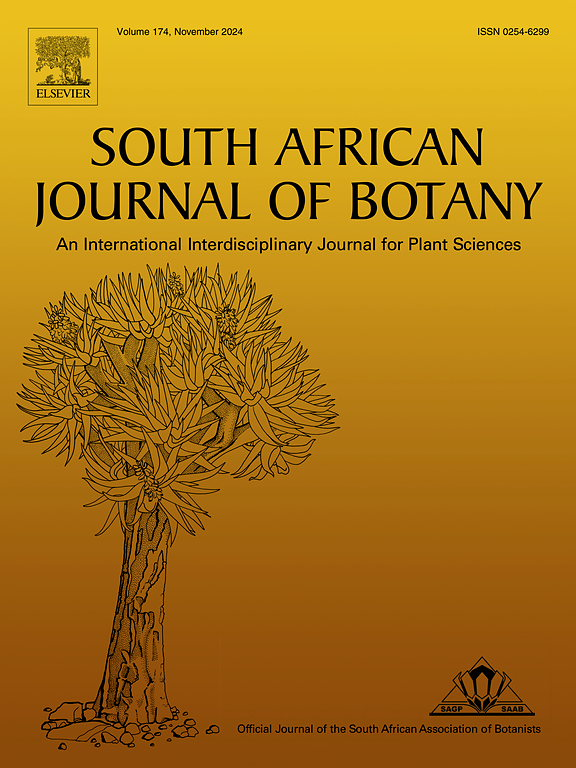Genome-wide characterization of the PCO (Plant Cysteine Oxidase) gene family in Phaseolus vulgaris L. and expression analysis under heavy metal stress
IF 2.7
3区 生物学
Q2 PLANT SCIENCES
引用次数: 0
Abstract
Plant cysteine oxidases (PCOs) are essential in oxidizing N-terminal cysteine residues in specific proteins, triggering proteolysis through the N-degron pathway. With its high nutritional value and cultural significance, the common bean (Phaseolus vulgaris L.) is a vital staple in the human diet worldwide. With environmental deterioration accumulating heavy metals (HMs) like lead (Pb), arsenic (As), cadmium (Cd), and nickel (Ni) understanding genetic pathways that increase plant resistance to such stressors is vital. This study explores the identification of PCO proteins in Phaseolus vulgaris through bioinformatic analyses and their roles in HM stress for the first time. Bioinformatics analysis identified eight PCO genes in the bean genome. The amino acid (aa) lengths of PvulPCO proteins varied from 162 to 281, their molecular weights (MW) varied from 17.78 to 32.1 kDa, and their pI values ranged from 5.31 to 8.51. Phylogenetic analysis identified the genes into three clades, sharing orthologous relationships with Glycine max and Arabidopsis thaliana, showing evolutionary conservation. Gene ontology (GO) enrichment analysis determined that PvulPCO proteins play a significant function in biological processes such as response to hypoxia and redox homeostasis. Cis-acting regulatory element analysis shows hormone and stress-responsive elements in these gene promoters, emphasizing their essential role in HM detoxification and stress adaptation. Additionally, expressions of eight PvulPCO genes under HM conditions were analyzed using RNA sequencing and qRT-PCR. The data reveals significant expression patterns, suggesting that PvulPCO may emerge in response to the challenges caused by environmental and physiological stressors. The results of this study emphasize the potential role of PvulPCO genes in HM tolerance, providing a foundation for other research on stress-resistant crop development.
求助全文
约1分钟内获得全文
求助全文
来源期刊

South African Journal of Botany
生物-植物科学
CiteScore
5.20
自引率
9.70%
发文量
709
审稿时长
61 days
期刊介绍:
The South African Journal of Botany publishes original papers that deal with the classification, biodiversity, morphology, physiology, molecular biology, ecology, biotechnology, ethnobotany and other botanically related aspects of species that are of importance to southern Africa. Manuscripts dealing with significant new findings on other species of the world and general botanical principles will also be considered and are encouraged.
 求助内容:
求助内容: 应助结果提醒方式:
应助结果提醒方式:


